Water pump cavitation is limited, for the most part, to high-rpm engines. Many late-model vehicles are installing small, cubic-inch, four-cylinder engines with turbochargers. By design, these engines rotate at much higher rpm than larger cubic-inch engines. Most engines over 3 liters have rpm limits in the range of 5,500.
The turbocharged engines may turn upward of 7,000 to 8,000 rpm. This is where water pump cavitation becomes a factor.
Water Pump Cavitation
Water pump cavitation occurs at very high rpm. Most small cubic-inch engines use a water pump pulley that produces an overdrive situation. If the engine is turning at 7,000 rpm, the water pump is turning at approximately 8,600 rpm. At this rate of rpm, it can actually create a low-pressure situation on the inlet side of the pump. Even with an 18-lb. radiator cap and a 195-degree thermostat, the pressure can drop to 0.
In this situation, the lack of pressure causes the coolant to boil instantly and turn to steam. When this happens, the automotive water pump will not move steam at all. The steam pocket prevents all movement of coolant through the system. The area of 0 pressure will not absorb heat due to the lack of coolant. The area adjacent to the steam pocket will begin to overheat immediately.
Lowering the rpm is the only course of action to keep the engine from overheating.
There is another possible cause of water pump cavitation. If the radiator is restricted, a radiator hose is crimped, collapsed or in any way restricting the water flow to the pump, it will have the same effect. The coolant flow to the pump will be insufficient to keep up with the increase in demand at high rpm, causing a low-pressure area at the inlet side of the pump.
Solutions to Water Pump Cavitation
Over the years, manufacturers have employed several methods to reduce cavitation. Coolants have been developed that resist the formation of vapor bubbles and protect surfaces from cavitation damage. Advances have been made in pressurized cooling systems and reducing cooling system pressure changes. Also, raw materials now better tolerate cavitation, and water pump impellers that reduce the formation of bubbles are now common.
Here are a few ways to keep cavitation problems to a minimum:
- Use manufacturer-recommended antifreeze
- Repair ALL cooling system leaks – even minor ones
- Regularly test the pressure cap
- Replace faulty parts with quality products (ie. Water pump, thermostat, pressure caps)
- Avoid modifications
Given all of this information, it is important to note that faulty pressure caps and coolant that is of the wrong type, diluted, or contaminated are more likely to cause water pump cavitation than the pump itself. Therefore, a full cooling system inspection is recommended when any cooling system issues arise.
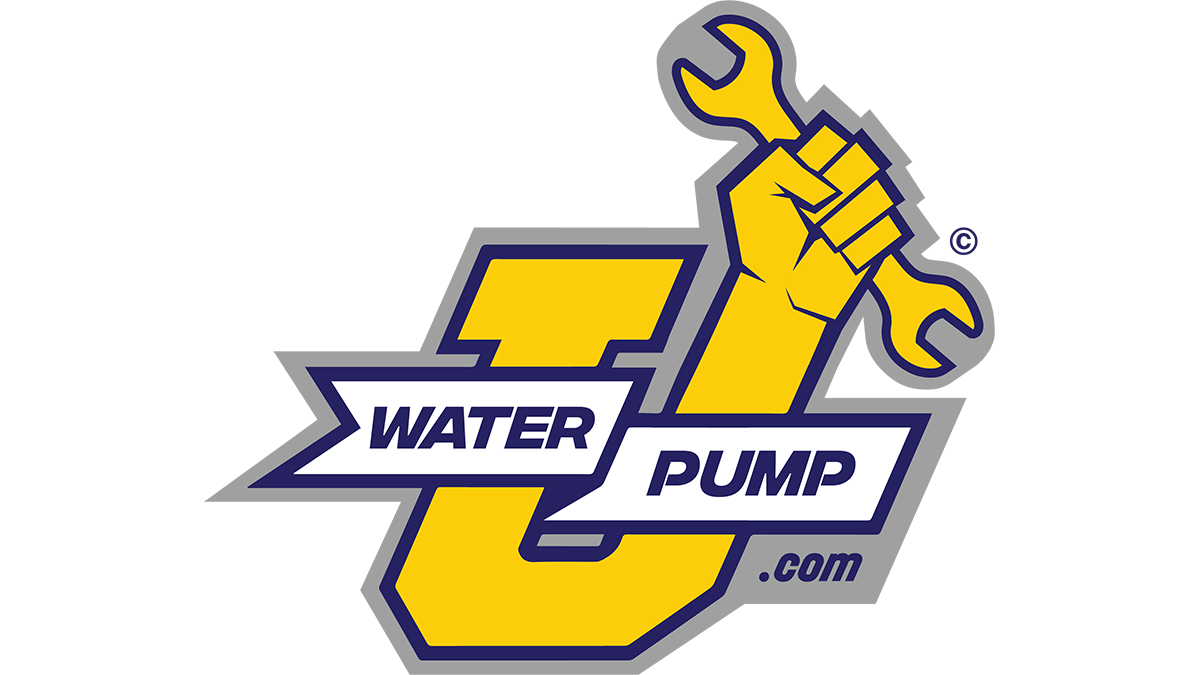
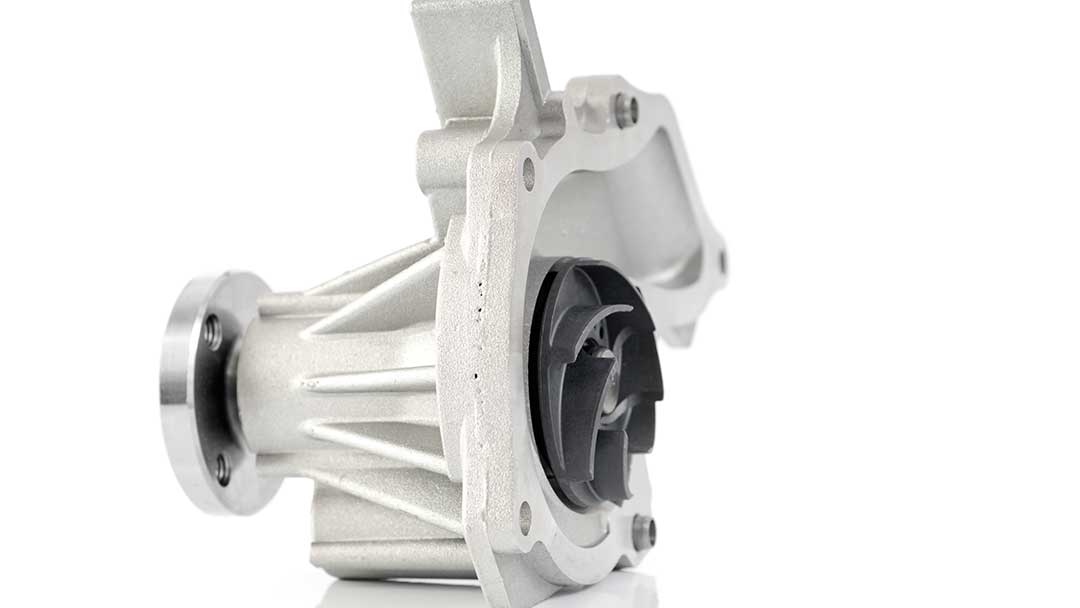
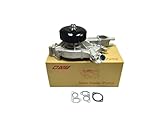
![[Vehicle Fitment]: Compatible with Buick Allure 05-10, Enclave 08-20, LaCrosse 05-08 10-16, Rendezvous 04-06 & Cadillac ATS 13-19, CTS 05-19, SRX 04-16, STS 05-11, XTS 13-19 & Saab 9-3 06-09, 9-4X 11, 9-5 10-11 & Saturn Aura 07-09, Outlook 07-10, Vue...](https://m.media-amazon.com/images/I/41WKoNzHalL._SL160_.jpg)

![[Part Numbers] 12456113, 12458935, 12569519, 12556449, 12559271, 12560380, 12562458, 12703898, 12604746, 19195104, 19256261, 31028406, 8124589350, 8888942900, 88894290, 8890174390, 8890180400, 8890181660, 88926296, 89017315, 89017439, 890174390, 8901...](https://m.media-amazon.com/images/I/41ATeaO9hSL._SL160_.jpg)
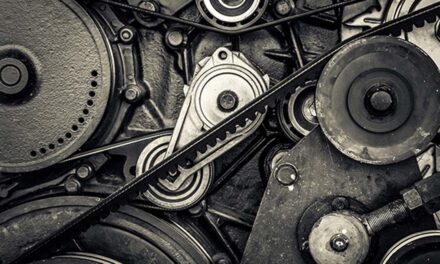
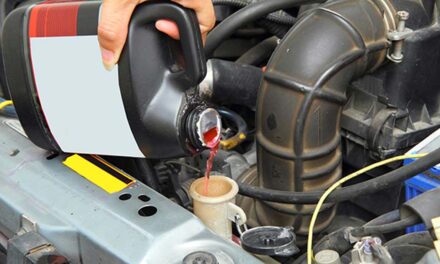
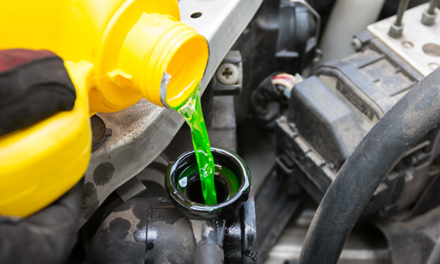
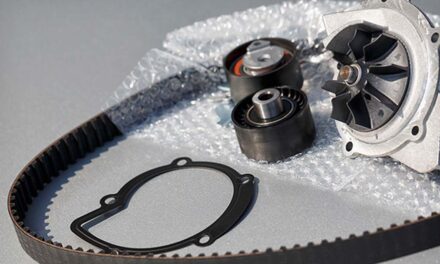
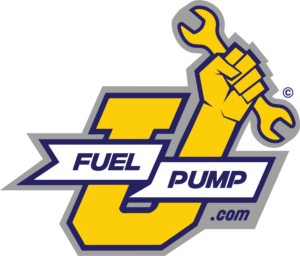
![[Vehicle Fitment]: Compatible with Buick Allure 05-10, Enclave 08-20, LaCrosse 05-08 10-16, Rendezvous 04-06 & Cadillac ATS 13-19, CTS 05-19, SRX 04-16, STS 05-11, XTS 13-19 & Saab 9-3 06-09, 9-4X 11, 9-5 10-11 & Saturn Aura 07-09, Outlook 07-10, Vue...](https://m.media-amazon.com/images/I/41WKoNzHalL._SL100_.jpg)
![[Vehicle Fitment-1]: ①Compatible with Chevrolet Avalanche 07-13, Colorado 09-12, Express 1500 07-14, Express 2500 3500 07-20, Express 4500 09-19, Silverado 1500 07-13, Silverado 1500 Classic Silverado 1500 HD Classic 2007, Silverado 2500 HD 07-19, Si...](https://m.media-amazon.com/images/I/51TFUVZYswL._SL100_.jpg)
